10 Predictions on the Future of Cloud Computing by 2025 - Insights from Google Next Conference
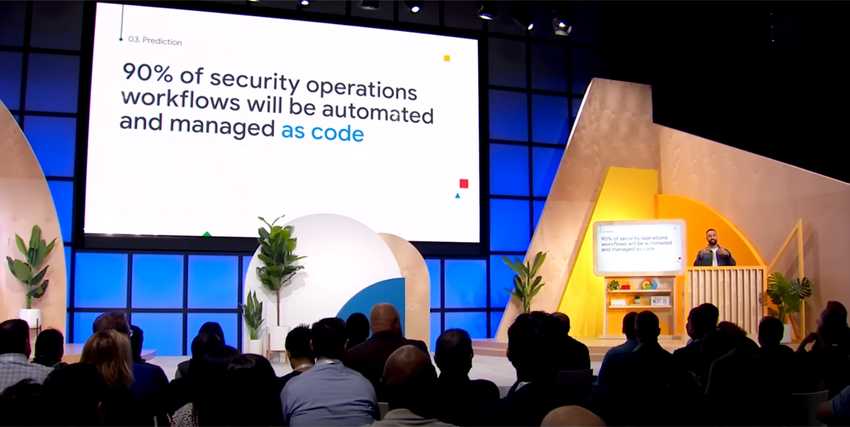
I had the opportunity to attend Google Next - Google’s flagship Cloud Computing conference and among many great sessions, one of the more interesting ones was a keynote where various leaders reflected on important predictions over the next 3 years. These spanned areas such as cloud computing tools (databases, security) and developer workflows (UI design, productivity etc).
Ofcourse, predicting the future is in many ways an exercise in futility - none of us can tell with certainty how events will unfold. And this is not lost on the presenters. Rather, I found the majority of the points to be well reasoned and balanced - aspirations on what the future could look like but grounded on evidence/trends/patterns seen today. If you would like to review the entire video (it is about an hour) - youtube. Speakers included: Eric Brewer, Iman Ghanizada, Richard Seroter, Andi Gutmans, Amin Vahdat, Steren Giannini, Kamelia Aryafar, Jana Mandic, Jeanine Banks, Irina Farooq.
In this post, I try to also reflect on implications for stakeholders (developers, engineering managers, cloud computing providers etc).
The following predictions were discussed as events that would likely be observed by 2025
P1. Developers who start with neuro inclusive design will see a 5x growth in adoption in their adoption
The speaker here argues that neuro-inclusive will play a critical role in driving product growth. They define neuroinclusive design as designing for cognitive and sensory accessibility. The approach focuses on acknowledging neurodiversity - the various ways in which people experience, interpret and process the world differently (neurotypical and neuro distinct) - and designing to include them. In turn, this provides a path to building in belonging for all users. The speakers also provide a set of guidelines to implement neuro-inclusive design e.g. on the use of colors, avoiding distractions, using intuitive patterns, avoiding bright colors or too much of a single color.
P2. 4 out of 5 enterprise developers will use some form of curated open source
The presenter defines curated oss with some layer of accountability and value add services such as support for developers, finding vulnerabilities and fixing them, automated testing, response based SLA. OSS is public infrastructure and an essential part of our everyday life as developers.
Curated is the next step in OSS security … Google is creating a set of tools in that area - software delivery shied. Assured open source software … OSS by Google … 250 java and python packages and will update them as needed. Responsible use of open source … Cloud workstation can detect vulnerabilities … and to update, we can draw from the curated oSS store as they are all vetted. Overall, the author indicates that as these sort of curated infra is built, OSS will become trustworthy and reliable hence the expected widespread enterprise use. This makes sense.
P3. 90% of security operations will be automated and managed as code.
Security operations (SecOps) constantly struggle to keep up with the dynamic nature of attacks. Detection and response often requires a linear growth with people so called toil based work. This situation is clearly not sustainable. And we can address this by representing SecOps as code and implement a more continuous continuous integration continuous response setup. a Community secret analytics … to compliment analytics in Chronicle. Security engineers need to work more as devs to keep up
P4. AI is going to be the primary driver for moving to a 4-day work week.
This prediction was a bit tongue-in-cheek but still offers insights. The core argument is that AI stands to boost developer productivity such that developers can complete 5 days of work in 4 days.
P5 90% of data will be actionable in real-time using ML.
While many organisations agree that data can be a crucial source of insights and competitive advantage, only a fraction (1/3rd) are able get tangible value from data [^1]. This prediction explores how advances in cloud computing is poised to make companies more efficient in extracting value from their data. For example, Google Cloud provides tools to ensure data trustworthy (Dataplex), data lineage and quality can be tracked, and there are pathways to analyze both structured and unstructured data (BigQuery).
P6. The barriers between transactional and analytical workloads will disappear.
If you have worked in the data engineering design space or looked at any data engineering curriculum, a big part of the process is determining the type of workload (transactional vs analytics) and recommending a specific type of database based on this. Transactional databases are built for fast read and write, while analytical databases optimize for fast aggregation. But there are growing use csaes that demand support for both E.g. personalized recommendations must support both. This prediction reflects on how there is growin interest in unifying these two paradigms and how some Google products that already approach this level of functionality.
For example AlloyDB is more than 4X faster than standard PostgreSQL for transactional workloads. It is also 100X faster than standard PostgreSQL for analytical queries, with zero impact on operational performance when running business intelligence, reporting, and hybrid transactional and analytical workloads (HTAP).
P7. Over half of cloud infrastructure decisions will be automated based on an organizations usage patterns to meet performance and reliability needs.
Google has unique large scale infrastructure experience especially those needed to serve billions of users (gmail, youtube) at scale. With spanner they demonstrate how services can run in a distributed manner across the planet. The pitch here is that a big part of achieving this feat lies in the use of (machine) learning algorithms that optimize resources for workloads across the entire stack. You specify the workload, and we will recommend configure and deliver the best options for your need at lower cost, better reliability. Observed to be better than any
Essentially, making the unimaginable possible and the possible easy.
P8. 3 out of 4 developers will lead with sustainability as there primary development principle
Previously, key performance indexes for development teams have focused on being able to build fast, securely, reliably, at low cost. However, now we need to be sustainability. 65% of IT executives want to improve sustainability targets and 36% are interested but do not have the tools[^2]. The speaker reflects on how Google is addressing this issue by giving developers better data bout the carbon footprint of their cloud infrastructure, based on energy used by machines in the GCP datacenter right in the GCP console. If we give people tools to save money, save the environment
P9. Half of organisations using public cloud will freely switch their primary cloud provider
Multicloud to held risk … and manage transition. Tools that run across clouds et.g. big query … apogee, looker, big query, anthem….
P10. Over half of all business applications will be built by users who do not identify as professional developers today
Low code and no code tools are on the rise. Gartner says 70% will encourage low code. Google is exploring this direction with its Google Apps that can be deployed to mobile, desktop, gmail or chat, controlled by governing policies created by IT governance policy.
Conclusion and Parting Thoughts
These were all good reflections. In addition to these, the keynotes also had another gem - a talk on burnout by Ahsley Willis (head of developer advocacy at Google). You should see it!
References
[^1]: Closing the data value gap | Accenture https://www.accenture.com/gr-en/insights/technology/closing-data-value-gap [^2]: Report: What it will take for CEOs to fund a sustainable transformation. https://cloud.google.com/blog/topics/sustainability/new-survey-reveals-executives-views-about-sustainability
 Top 10 Machine Learning and Design Insights from Google IO 2021
Top 10 Machine Learning and Design Insights from Google IO 2021 2023 Year in Review
2023 Year in Review 2025 Year in Review
2025 Year in Review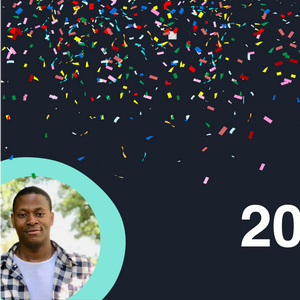 2021 Year in Review
2021 Year in Review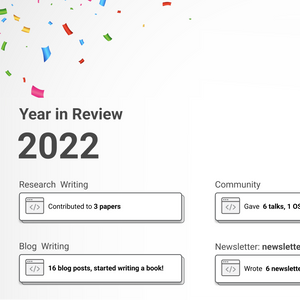 2022 Year in Review
2022 Year in Review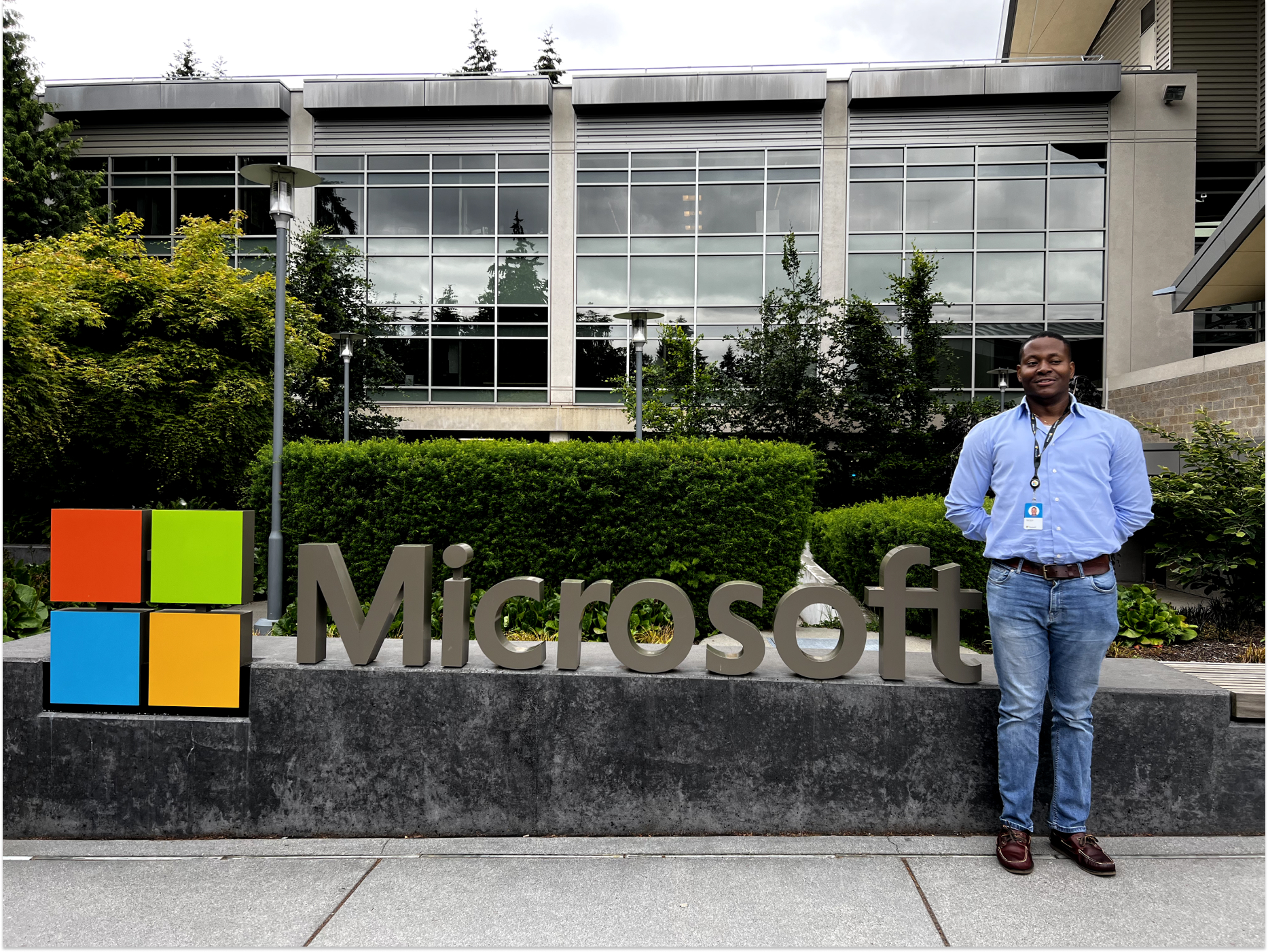 10 things I have loved about Microsoft (3 years in!)
10 things I have loved about Microsoft (3 years in!)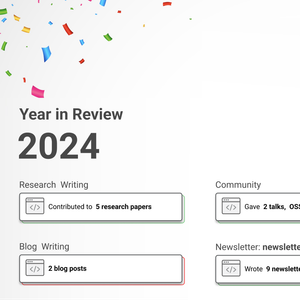 2024 Year in Review
2024 Year in Review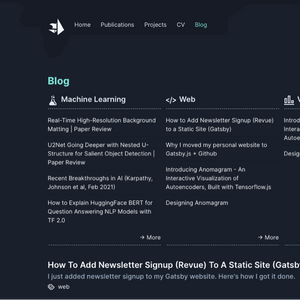 2019 Year in Review
2019 Year in Review